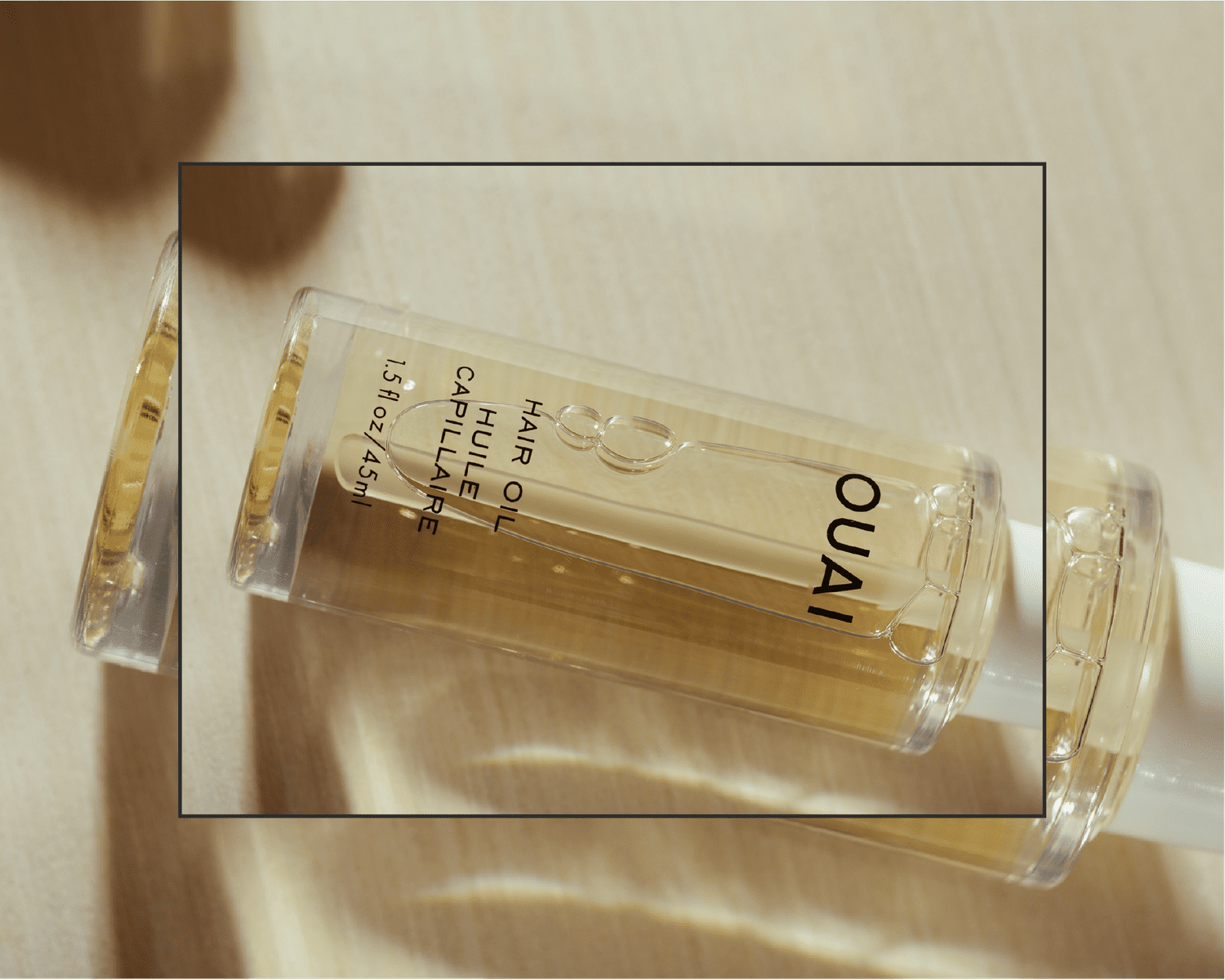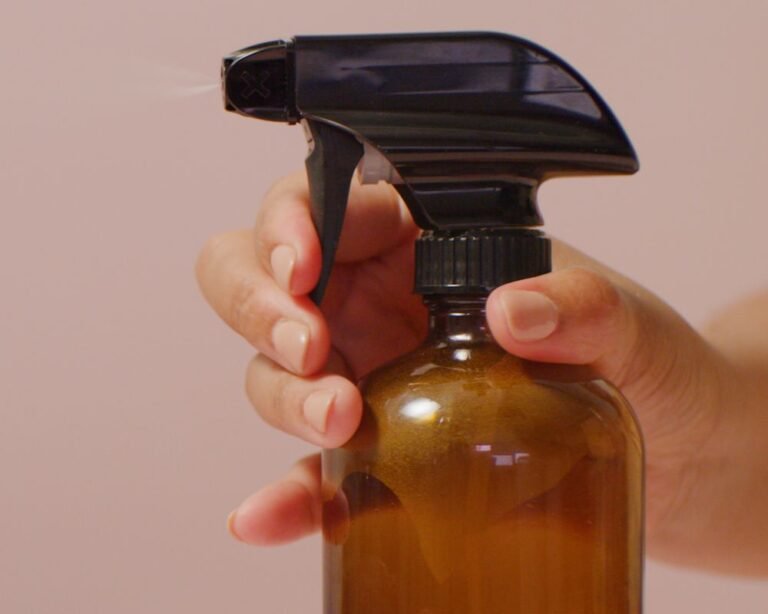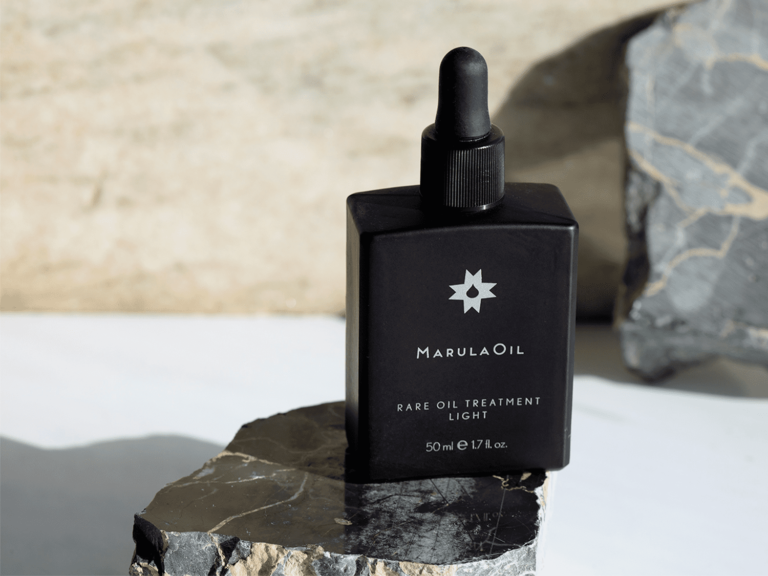7 Natural DIY Heat Protectants for Emergency Hair Care
Seven natural DIY heat protectants include argan oil, coconut oil, shea butter, grapeseed oil, almond oil, avocado oil, and aloe vera gel. Protect your hair from heat damage using these readily available ingredients.
Styling tools like flat irons and blow dryers are essential in creating the perfect look, but they can also cause significant damage to your hair. The heat from these tools strips moisture, leading to dryness, breakage, and split ends. To combat this, many turn to heat protectants, which can sometimes contain chemicals and silicones that may not align with a more natural haircare approach.
This is where DIY options come in handy, enabling you to use simple, chemical-free alternatives. Embracing natural ingredients not only protects your hair but also nourishes it, often providing additional benefits such as vitamins and antioxidants. Whether you’re running low on your store-bought protectant or prefer a more holistic method, these seven natural solutions can shield your locks while maintaining their health and brilliance.
The Perils Of Heat Styling
Styling your hair with heat can be a quick fix for a great look. Yet, it can harm your beautiful locks. Let’s dive into why it’s essential to protect your hair from heat styling tools.
Hair Damage From Heat Tools
Using heat to style hair comes with risks. Over time, this heat can cause split ends, breakage, and dullness.
- Split Ends and Breakage: Heat can weaken your hair, leading to split ends and breakage.
- Loss of Moisture: Heated tools strip moisture, leaving hair dry and brittle.
- Faded Color: Those who color their hair might notice the color fades faster with heat use.
Recognizing Overstyled Hair
Detecting signs of damage early can save your hair. Look for these warning signs:
| Sign | Description |
|---|---|
| Texture Change | Hair feels rough and tough, not smooth. |
| Lack of Shine | Healthy hair is shiny. Damage makes it look dull. |
| Tangling | Damaged hair often snarls and tangles. |
Spot these issues early? Time to give your hair a break from heat and treat it with care.
:max_bytes(150000):strip_icc()/84767C2-R01-017Aashley_rubell-58a29f1676cd49aca29630d1462fbedc.jpg)
Credit: www.byrdie.com
Science Of Hair Protection
The Science of Hair Protection starts with understanding how heat affects your hair. Excessive heat styling can lead to damaged, brittle hair. This is why using a heat protectant is crucial. Let’s dive into the role of hair cuticles and how natural ingredients can act as your hair’s armor against heat damage.
Role Of Cuticles In Heat Defense
Hair cuticles are the first line of defense against heat. These overlapping scales protect your hair’s inner structure. When heat is applied, cuticles open up, which can lead to moisture loss and damage. It’s similar to lifting the lid off a pot of boiling water.
Proper heat protectants help by sealing the cuticles. This keeps them flat and prevents heat from penetrating too deeply, safeguarding the vulnerable core of each hair strand.
How Natural Ingredients Can Shield Hair
Nature offers powerful ingredients that can double as heat protectants. Let’s look at options you can find at home:
- Shea Butter: Melts with heat and forms a coat over the hair.
- Coconut Oil: Known for its high smoke point, it creates a barrier on the hair.
- Argan Oil: High in fatty acids, it nourishes and protects against heat.
- Grapeseed Oil: Lightweight and ideal for finer hair.
- Almond Oil: Rich in vitamins, providing a protective sheen.
- Aloe Vera: Forms a protective layer over the hair and hydrates.
- Honey: Natural humectant, sealing in moisture and adding a protective coat.
Each natural ingredient serves to protect hair in different ways. For instance, oils typically act as insulators, while aloe and honey lock in moisture.
Kitchen Pantry Solutions
Ever caught in a bind needing a heat protectant for your hair? Your kitchen holds natural, DIY remedies ready to shield your locks from damage. These pantry staples not only serve as quick fixes but also nourish your hair, leaving it healthy and radiant.
Oils That Defend Against Heat
Various oils in your kitchen double as heat protectants. Here’s a look at some hair-loving oils you can use:
- Coconut Oil: It penetrates hair and provides a protective barrier.
- Argan Oil: Known for its high smoke point and nourishing properties
- Grapeseed Oil: A lightweight option that doesn’t weigh hair down.
- Avocado Oil: Rich in vitamins, it shields hair from styling heat.
Everyday Ingredients For Hair Care
Beyond oils, other kitchen essentials can serve as effective hair protectants:
| Ingredient | Benefits |
|---|---|
| Shea Butter | Acts as a natural conditioner and provides heat protection. |
| Aloe Vera Gel | Moisturizes the hair and defends against heat damage. |
| Honey | Mix with water for a natural humectant that protects dry hair. |
| Milk and Honey | Works as a soothing hair mask and guards against heat. |
These all-natural protectants can help minimize hair damage until you can get your hands on a professional product. They’re easy, affordable, and only a cabinet away.

Credit: www.amazon.com
Diy Heat Protectant Recipes
Protecting your hair from heat is crucial. Commercial heat protectants can be costly and loaded with chemicals. Natural, homemade options offer a safe and budget-friendly alternative. Below, find simple DIY recipes using easily accessible, natural ingredients. They shield your hair effectively without breaking the bank.
Aloe Vera And Water Mix
Aloe Vera is known for its soothing and moisturizing properties. Combined with water, it creates a lightweight mist to guard your locks.
- Aloe Vera Gel: 1 tablespoon
- Filtered Water: 1 cup
- Spray Bottle to mix
Mix Aloe Vera with water in the spray bottle. Shake well before use. Apply on damp hair before styling.
Shea Butter And Coconut Oil
Shea Butter and Coconut Oil offer deep nourishment and a protective layer against heat damage. Their natural fats seal the hair’s cuticles.
| Ingredient | Quantity |
|---|---|
| Shea Butter | 2 tablespoons |
| Coconut Oil | 1 tablespoon |
Melt Shea Butter and Coconut Oil together. Let it cool. Apply a small amount before heat styling. It adds shine and protection.
Application Techniques
Natural, DIY heat protectants shield our hair from damage during styling. Yet, knowing how to apply these protectants properly is critical for efficacy. Maximize protection and keep hair healthy with these savvy application techniques.
Correct Ways To Apply Diy Protectants
Achieve optimal results by following these steps:
- Start with clean, damp hair for even distribution.
- Section hair for thorough coverage.
- Use a spray bottle or your hands to apply the DIY protectant.
- Comb through for complete saturation.
- Allow it to settle before applying heat.
- Dry hair slightly if it’s too damp.
Dos And Don’ts
Remember these key points for a smooth application process:
| Dos | Don’ts |
|---|---|
| Test on a small section first. | Overapply, risking hair heaviness. |
| Stick to lightweight oils. | Use on dirty or oily hair. |
| Apply from mid-length to ends. | Ignore hair ends, prone to damage. |
- Do allow your DIY blend to cool if heated.
- Do not rush drying; gentle heat works best.
- Do customize the mixture to your hair type.
- Don’t expose hair to heat right after application.
Correct application amplifies a protectant’s shielding capabilities. Keep hair resilient against heat-induced stress with proper techniques.
Commercial Vs. Homemade Protectants
Diving into the realm of hair care, the debate between commercial and homemade heat protectants stirs up quite the conversation. Hair enthusiasts often grapple with choosing between store-bought solutions and natural, DIY concoctions. It turns out, the answer might not be so black and white.
Benefits Of Natural Alternatives
- No harsh chemicals: Zero preservatives or additives means healthier hair.
- Cost-effective: Ingredients from your kitchen won’t break the bank.
- Environmentally friendly: Natural protectants mean less plastic waste.
- Customizable: Tailor ingredients to suit your specific hair type.
When To Use Over-the-counter Products
| Scenario | Recommendation |
|---|---|
| High Heat Styling | Professional-grade products might offer stronger protection. |
| Rushed for Time | Ready-made options provide convenience and quick application. |
| Complex Hairstyles | Commercial protectants can withstand intricate styling techniques. |
Protectants For Different Hair Types
Every hair type deserves protection from heat damage. Unique textures require special care. Understand how to shield locks safely with natural DIY protectants. They fit different hair types like a glove. Let’s explore homemade heat shield formulas for luscious locks!
Curly Hair Needs
Curly manes need moisture and hold. Here are easy DIY mixtures to protect curls:
- Aloe Vera Gel: Cools the hair shaft and forms a barrier.
- Shea Butter: Guards against high heat, perfect for thick curls.
- Coconut Oil: Seals in hydration, but use sparingly to avoid heaviness.
Apply these before styling to keep bouncy curls safe and sound. Remember, less is more for not weighing down your hair.
Fine Hair Formulations
Fine hair demands lightweight protection. Check out these simple recipes:
- Grapeseed Oil: A natural heat protectant that won’t leave residue.
- Argan Oil Spray: Mix with water for a fine mist that shields without greasiness.
- Almond Oil: Nourishes and defends without the heavy feeling.
Use a small amount to coat hair strands. Fine hair will stay protected without losing volume.

Credit: www.amazon.com
Long-term Hair Health Management
Healthy hair does not happen by chance. It calls for consistent care and protection. Using DIY heat protectants is one step towards maintaining your hair’s vitality. But long-term health needs a strategy that involves routine upkeep and mindful styling practices.
Routine Hair Maintenance Tips
Think of hair care as a garden. Your hair needs regular tending to flourish. Here are a few tips:
- Trim Regularly: Snip ends every 6-8 weeks to prevent split ends.
- Hydrate: Use leave-in conditioners to lock in moisture.
- Minimize Washes: Washing too often can strip hair of natural oils. Stick to 2-3 times per week.
Include natural oils and DIY masks in your routine. Ingredients like coconut oil and avocado can boost hair health. They can serve as natural heat protectants too.
Heat Styling Best Practices
Heat can style your hair into beauty but can also lead to damage. Balance is key.
- Lower Temperature: Choose the lowest heat setting that still gives results.
- Heat Protection: Always apply a protectant before styling. Consider natural options like argan oil.
- Don’t Overdo It: Limit heat styling to prevent long-term damage.
Dry hair gently. Pat with a towel instead of rubbing. Use a wide-tooth comb for wet hair to reduce breakage.
Frequently Asked Questions
What Is The Best Diy Heat Protectant?
A great DIY heat protectant for hair styling is a combination of natural oils like argan or coconut oil, which can nourish and shield strands from heat damage.
What Can I Use At Home As A Heat Protectant?
You can use natural oils like argan or coconut oil as homemade heat protectants. Diluted hair conditioner or aloe vera gel also offer some protection before heat styling.
What Is A Natural Alternative For Heat Protectant?
Argan oil serves as a natural heat protectant, offering hair moisture and defense against high temperatures during styling.
Is Vaseline A Heat Protector?
Vaseline is not a heat protectant. It does not shield hair or skin from heat styling tools or sun exposure. Use products specifically designed for heat protection instead.
Conclusion
Crafting your own heat protectant is simple and effective. By using natural, DIY options, your hair care is eco-friendly, safe, and cost-efficient. Remember, these ingredients aren’t just handy; they’re packed with hair-nourishing benefits. Give your locks loving protection and embrace the power of nature’s bounty.
Embrace the change and watch your hair thrive.








